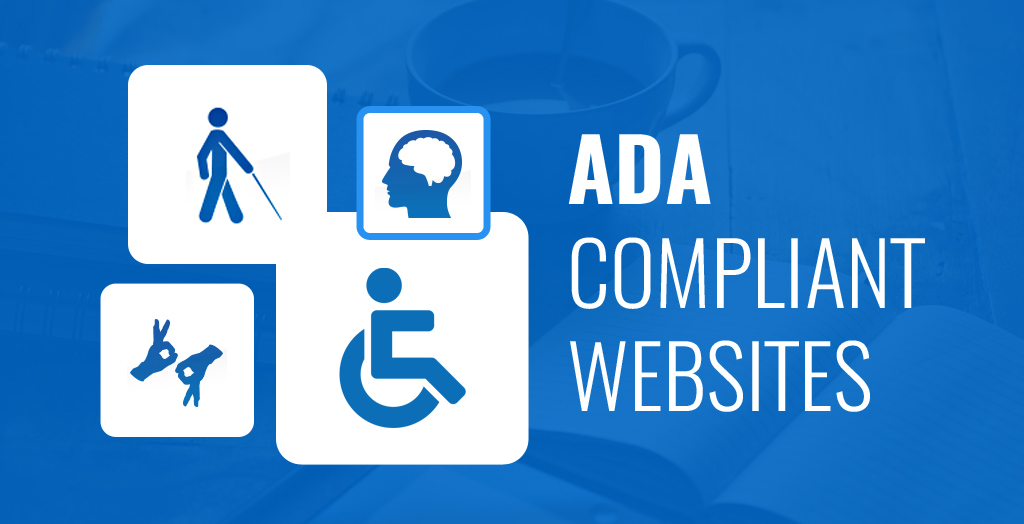According to the Disability Rights Education and Defense Fund, “The Americans with Disabilities Act of 1990 (ADA) is a civil rights law that prohibits discrimination based on disability.” This means that any business or website with 15 or more employees must make “reasonable accommodations” for individuals with disabilities by using a tool like accessiBe or something similar. What this looks like can be tricky to determine, but there are some key steps you can take to ensure your website is compliant with the ADA.
1. Use simple and plain language
When writing content for your website, avoid jargon and long, complicated sentences. Be sure to use alt text for images to provide a text-based description for visitors who cannot see the images on your site.
2. Provide transcripts for audio and video content
If you have any audio or video content on your website, provide transcripts so that deaf or hard of hearing viewers can still understand the information being presented.
3. Use headings and labels
Use clear headings and labels throughout your website to help visitors navigate your content more easily.
4. Make your website accessible from any device
Your website should be accessible from any device, including smartphones and tablets. This means that all content should be easy to read and navigate, regardless of the screen size or resolution.
5. Test your website for accessibility
It’s good to test your website for accessibility before launching it to the public. You can use a tool like accessiBe to check for common errors and compliance issues.
How to Test Your Site for ADA Compliance
1. Use a tool like accessiBe to scan your site for common errors and compliance issues.
accessiBe and other similar tools can help you determine if your website is ADA compliant. They will scan your site for issues like improper use of color, lack of alt text, and more.
2. Check the WCAG guidelines.
The Web Content Accessibility Guidelines (WCAG) provide a framework for making web content accessible to everyone, including individuals with disabilities.
3. Test your site on multiple devices.
Test your website on multiple devices, including smartphones and tablets. This will help you ensure that all content is easy to read and navigate, regardless of the screen size or resolution.
4. Ask someone with a disability to test your site.
If you know someone with a disability, ask them to test your website for accessibility. This will help you get feedback on how your site can be improved for individuals with disabilities.
5. Use a disability simulator.
If you’re not sure what it’s like to use your website with a disability, you can use a disability simulator to understand better. This will allow you to see how someone with a disability would interact with your site.
6. Use a screen reader.
If you want to test your website for accessibility, you can use a screen reader like JAWS or VoiceOver. This will allow you to hear how your site sounds when it’s being read aloud.
Final Word on How to Keep Your Website ADA Compliant
Making your website ADA compliant can seem like a daunting task, but it’s important to remember that it’s not just the law – it’s also the right thing to do. By taking the time to make your site accessible to everyone, you’re making the internet a better place for everyone. And that’s something we can all support.

Leave a Reply